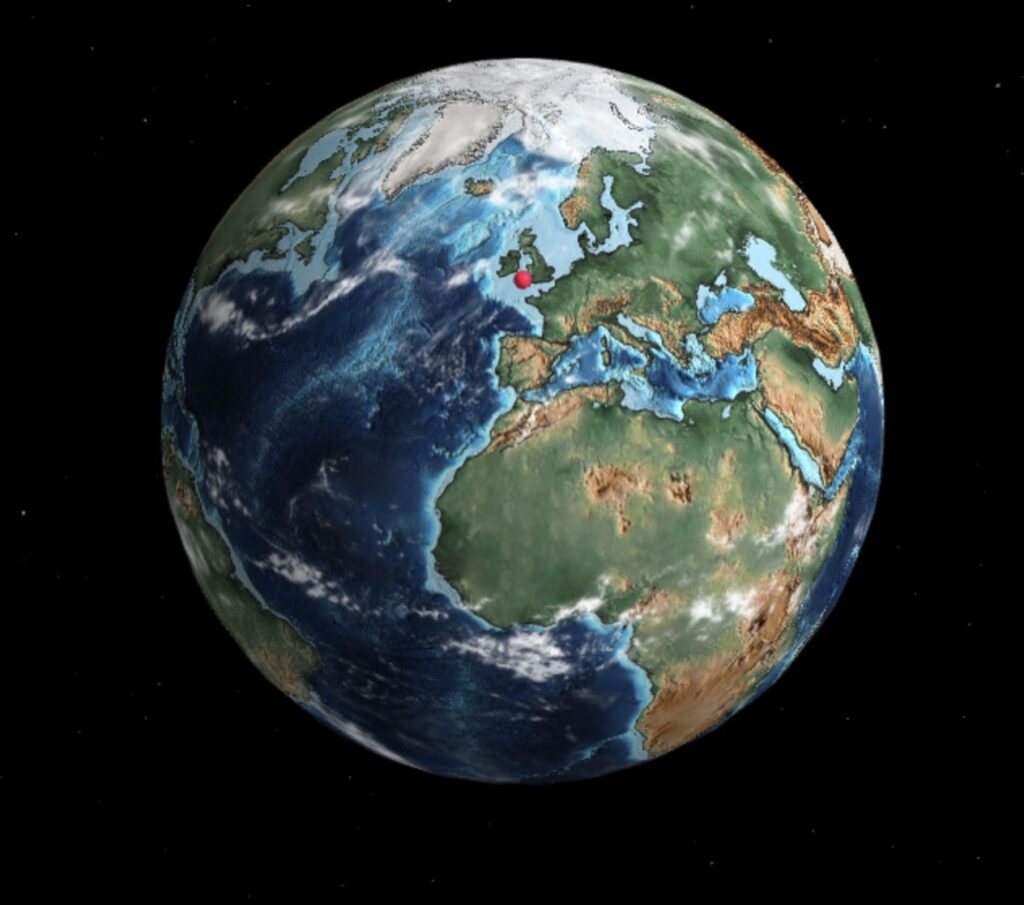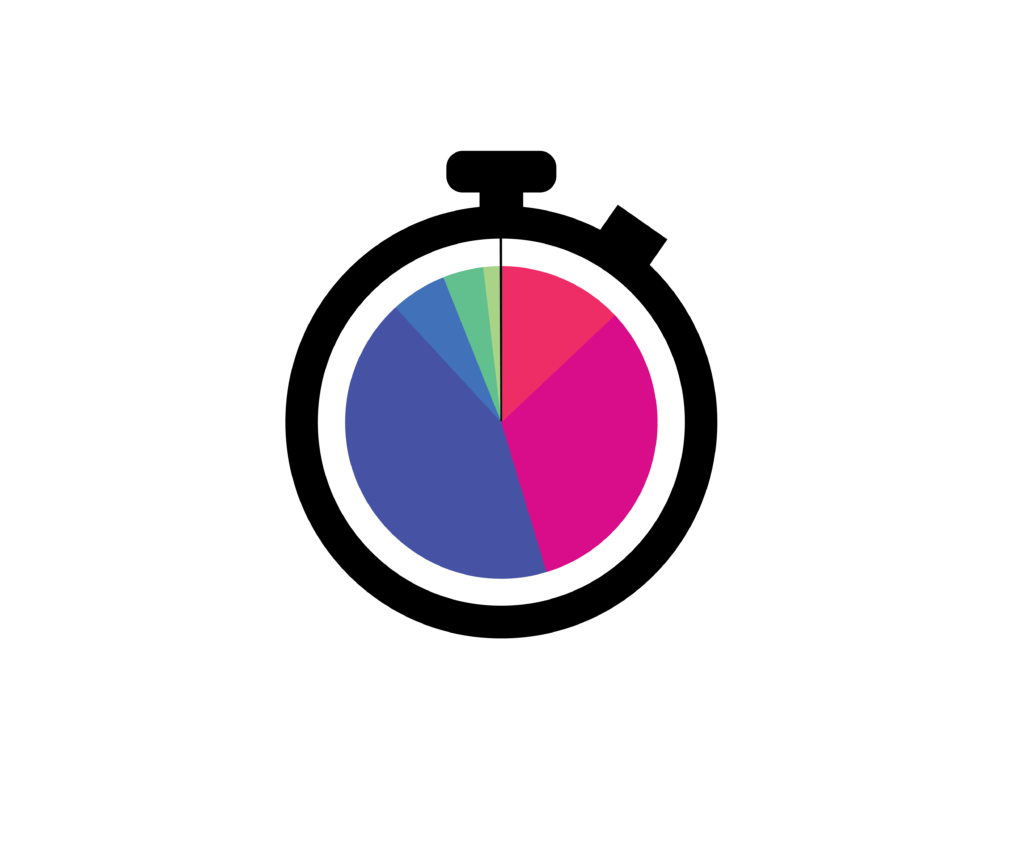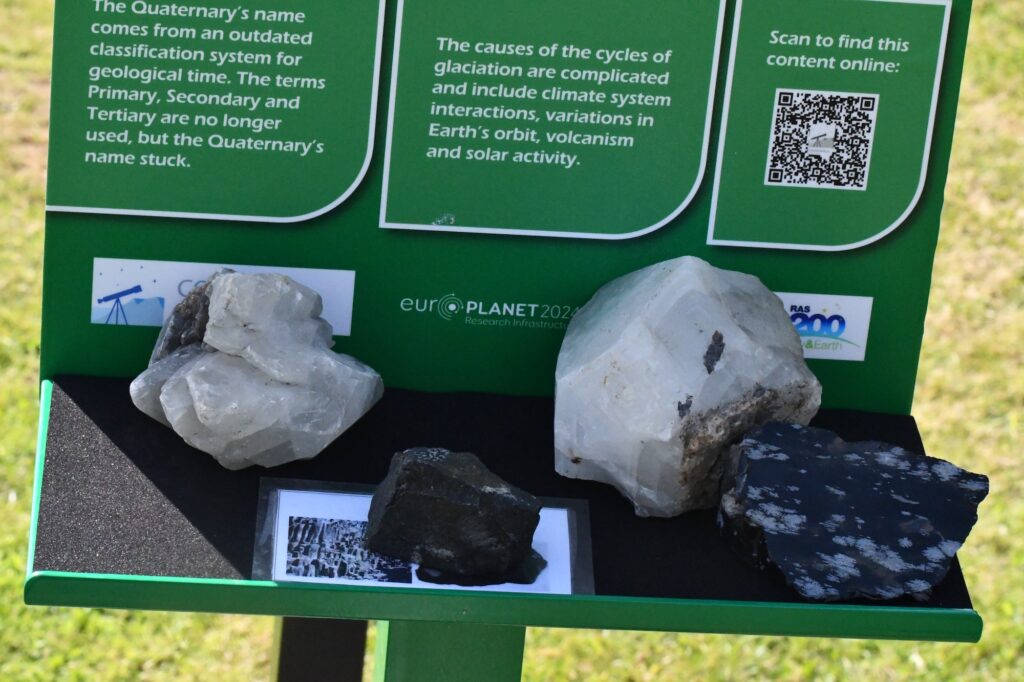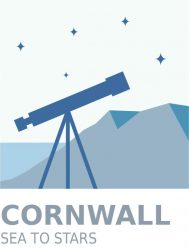Cenozoic Era 3: Quaternary Period – A Cycle of Ice Ages
Key Events
- We are living in the Quaternary Period.
- Glaciation comes and goes in cycles. We are currently in an ‘interglacial’ period, with glaciers remaining at the north and south poles and in some mountain regions.•Past glacial cycles have taken place over tens or hundreds of thousands of years.
- The last glacial period ended ~11,700 years ago. Many large mammals, like the mammoth and sabre-tooth tiger became extinct.
- Modern humans evolved ~200,000 years ago. They co-existed with other human species until ~40,000 years ago.
- Human-induced emissions of ‘greenhouse’ gases are contributing to a warming of the atmosphere at a global scale and appear to be causing large-scale shifts in weather patterns.
- While there have been periods of drastic change throughout Earth’s history, the current large human population means that many people suffer the impacts of today’s climate change.

Facts, Debates & Trivia
- The Quaternary’s name comes from an outdated classification system for geological time. The terms Primary, Secondary and Tertiary are no longer used, but the Quaternary’s name stuck.
- The causes of the cycles of glaciation are complicated and include climate system interactions, variations in Earth’s orbit, volcanism and solar activity.
Conditions
- The climate experiences large-scale temperature fluctuations and associated sea level changes.

Timeline
2.58 million years ago – present day
(2.58 million years)


Where have you reached on the trail?



